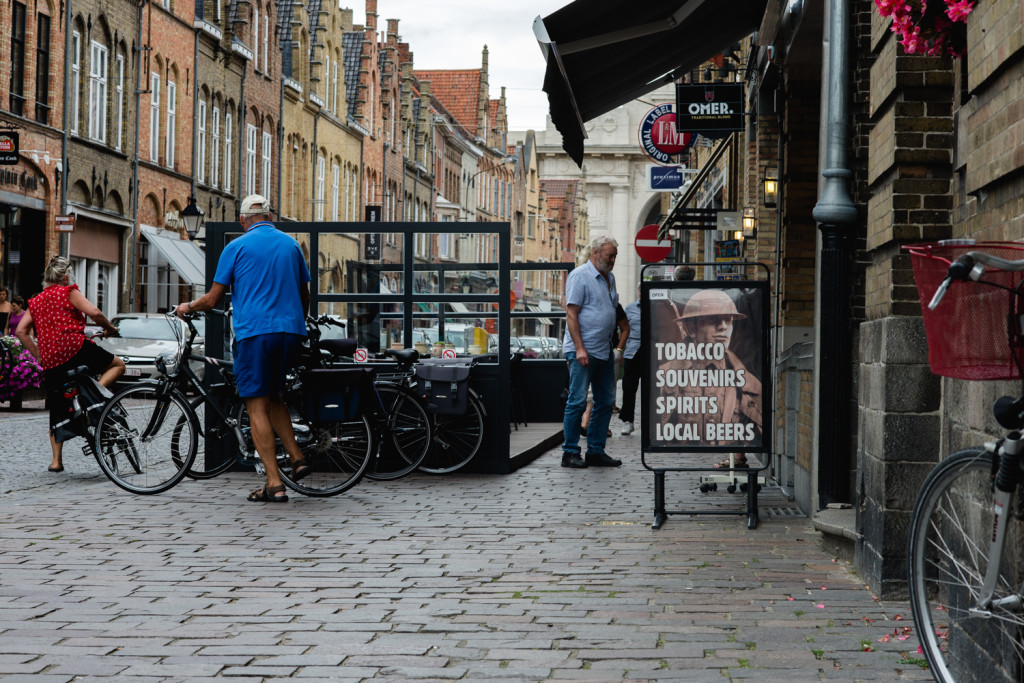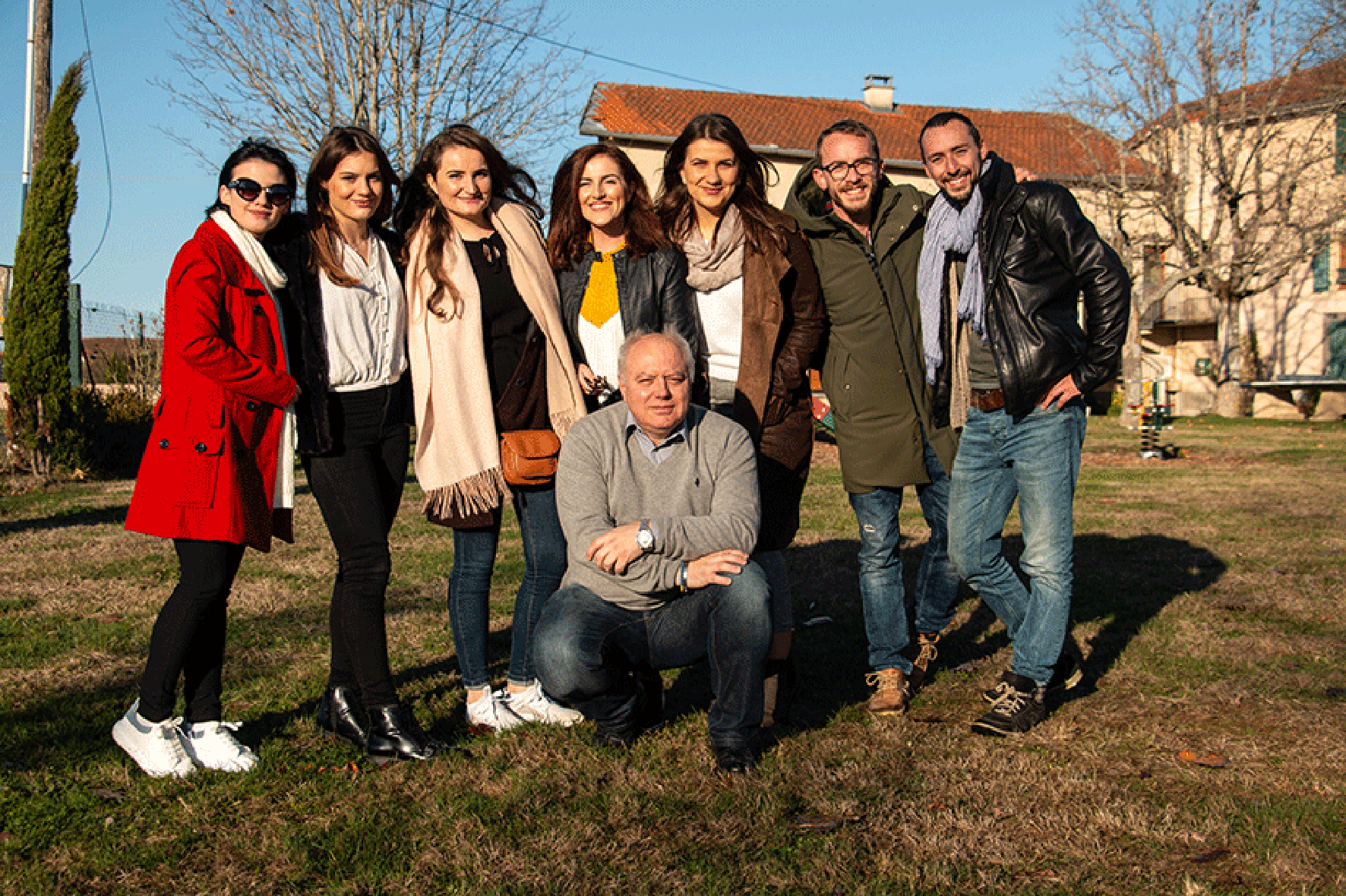Ypres – between remembrance and chocolate
The city of Ypres in Belgium was heavily fought over during the First World War. Many tourists visit today to explore its rich history and stroll down the picturesque streets.

The road leading to Menin Gate memorial in Ypres. © Gilberto Güiza
Crossing the bridge to Ypres, the first sign of WWI history comes as a glimpse of white headstones on the left: Ramparts Cemetery, 198 soldiers who fought for the Allies. From here on, every single building was destroyed during the war. Beautiful brick houses line the cobble-stoned road to the centre, all of them rebuilt as they were before. The Lakenhallen comes into view, a large building formerly used for the trade of cloth and wool. Now, it is home to In Flanders Fields Museum, one of the city’s main tourist attractions. Visitor numbers have already begun to increase due to the Great War’s centenary.
To the right of the Lakenhallen lies the city’s central square, currently turned fairground. Music blares from the rides, bumper cars and shooting stalls add to the noise as the sweet smell of roasted almonds and fresh waffles fills the air. The shops around the square sell expensive Belgian chocolates and bizarre war souvenirs: small plastic soldiers pose on pedestals next to Lest-we-forget fridge magnets.
Down another picturesque street at the other end of the square, a large arch stands tall between the medieval houses. It’s the Menin Gate Memorial, dedicated to the soldiers of the Commonwealth who fought in Ypres in WWI. Over 54,000 names are inscribed on its panels – the names of those whose final resting place is unknown. Every evening, the Last Post Ceremony is held in their memory. In Ypres, the sacrifices made for the Great War will never be forgotten.
Barbara Hiller



